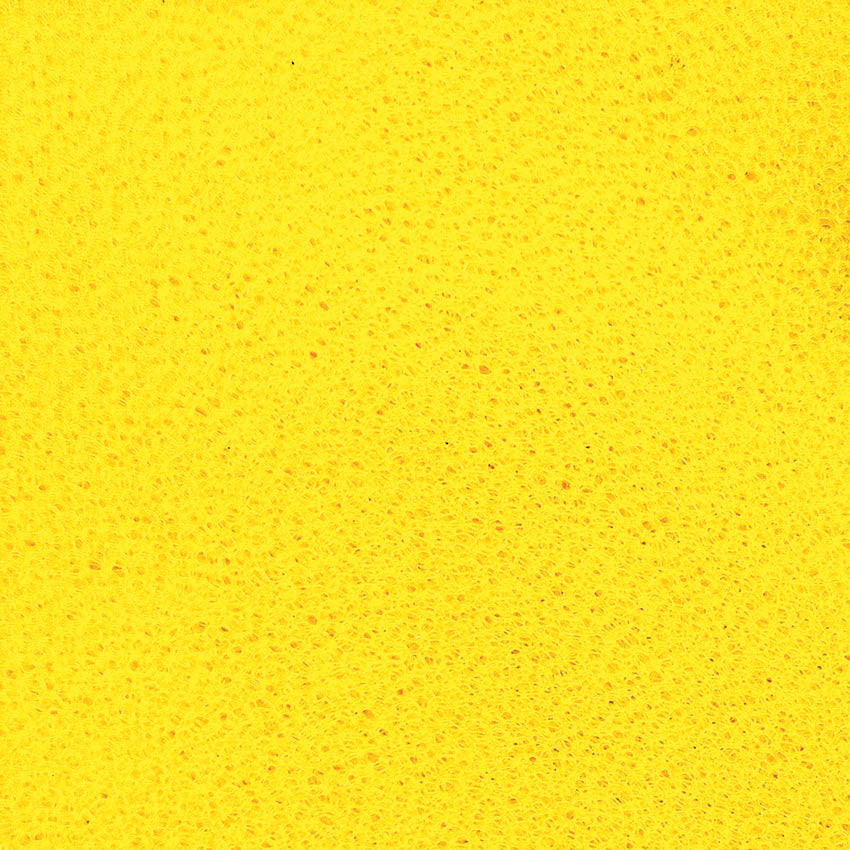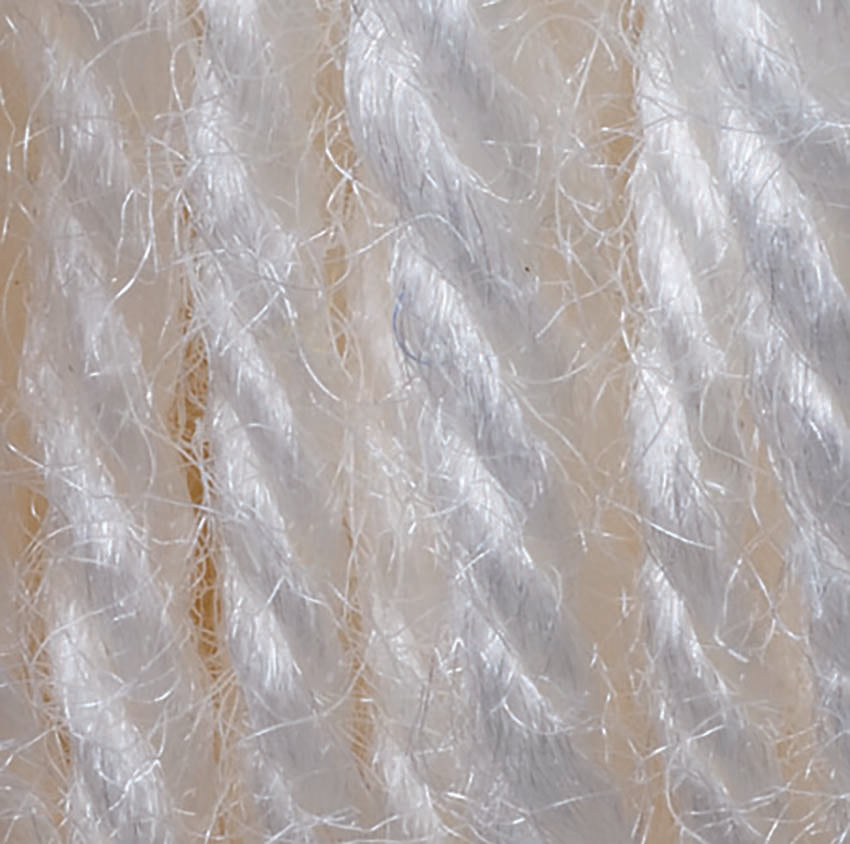Application Charts
BUFFING FOAMS
Buffing and polishing your car with foam pads has been around for many years. Foam pads work allot differently than wool pads as far as cut, feel and performance. There are many new technological advances in the foam pad industry and I am writing this to help give you more information so you are able to choose the correct foam for your next job.
There are many ways to identify foam pads in the industry. PPI is a generic way of distinguishing foam, but not the 100% correct way. Since there are so many ways to measure foam, we are going to start here with the basic.
OPEN CELL and CLOSED CELL
The first and basic thing to understand about foam is whether it is open or closed cell. Many open cell foams start out as closed cell and are “reticulated” to produce open cell. “Reticulation” is a process used in processing foam where they take the bun of foam, put in in a concrete and controlled room, fill the room with hydrogen so the foam can absorb it, and then they ignite the foam. This process causes the membrane or window of the foam to wrap around the branches. The window/membrane on foam is the transparent thin layer in between the branches. The branch is what you feel by hand in the foam when you touch it. If you look at foam under a microscope, you will see the branches and windows. Foam that has been reticulated is open cell and foam no reticulated is closed cell.
Once you reticulate a foam it may become stronger in its tearing characteristics. Reticulated or “open cell” foam run much cooler on the surface as compared to closed cell foams. The reason for this is that with the cells being open, they are allowed to let air pass thru them to dissipate heat. With this happening, there may be a chance the chemical you are working with may dry faster and possibly dust since the lubricant in it is getting dried with the air passing thru the foam.
There are Pros and Cons to each of the foams, and each type works differently with all chemicals:
- Open cell run cooler
- Closed cell has less absorption of polish, compound, etc.
- Closed cell more “dense”
- Closed cell forces abrasives in chemicals to work faster since they can be absorbed into foam as fast
- Closed cell corrects faster
- Longer working time with chemicals using open cell
Keep in mind that not all foams work the same way with all chemicals. In many instances, it can be trial and error.
There are many other ways foams are measured, this is just a starting point so you are able to pick the best foam for your project.
APPLICATION CHARTS ARE COARSES TO FINE
| US FOAMS | ||
 |
WHITE 45 PPI | HEAVY CUT |
 |
YELLOW 50 PPI | MEDIUM CUT |
 |
GREEN 60 PPI | POLISHING |
 |
BLUE 70 PPI | SOFT POLISHING |
 |
BLACK 80 PPI | FINISHING |
 |
SOFT WHITE 90 PPI | ULTRA FINISHING |
 |
BABY BLUE 100 PPI | FINAL FINISHING |
| EURO FOAMS | ||
 |
YELLOW | HEAVY CUT |
 |
ORANGE | MEDIUM CUT |
 |
WHITE | POLISHING |
 |
BABY BLUE | SOFT POLISHING |
 |
RED | ULTIMATE FINISHING |
| EXTREME RETICULATED FOAMS | ||
 |
COARSE GREEN | EXTREME CUT |
 |
COARSE ORANGE | MEDIUM CUT |
 |
MAROON | POLISHING |
 |
RED | FINISHING |
| URO-TEC “OPEN CELL” | ||
 |
COARSE BLUE | HEAVY CUT |
 |
MAROON | MEDIUM CUT |
 |
YELLOW | POLISHING |
 |
WHITE | FINISHING |
| URO-CELL “CLOSED CELL” | ||
 |
LIGHT BLUE | CUTTING |
 |
ORANGE | POLISHING |
 |
RED | FINISHING |
| STANDARD WOOL PADS | ||
 |
100% WOOL 4 PLY NATURAL | CUTTING |
 |
WOOL BLEND SINGLE PLY NATURAL | MEDIUM CUT |
 |
WOOL BLEND 4 PLY TWIST YELLOW | MEDIUM CUT/POLISHING |
 |
WOOL BLEND SINGE PLY WHITE | POLISHING |
 |
WOOL BLEND SINGLE PLY YELLOW | POLISHING/FINISHING |
 |
KNITTED WOOL BLEND | LIGTH POLISH/FINISHING |
 |
KNITTED 100% WOOL NATURAL | FINAL FINISHING |
| INDUSTRIAL WOOL PADS | |||
 |
ALTERNATE STITCH DUAL STRAND WOOL BLEND |  |
AGGRESSIVE CUTTING & LONG LASTING |
